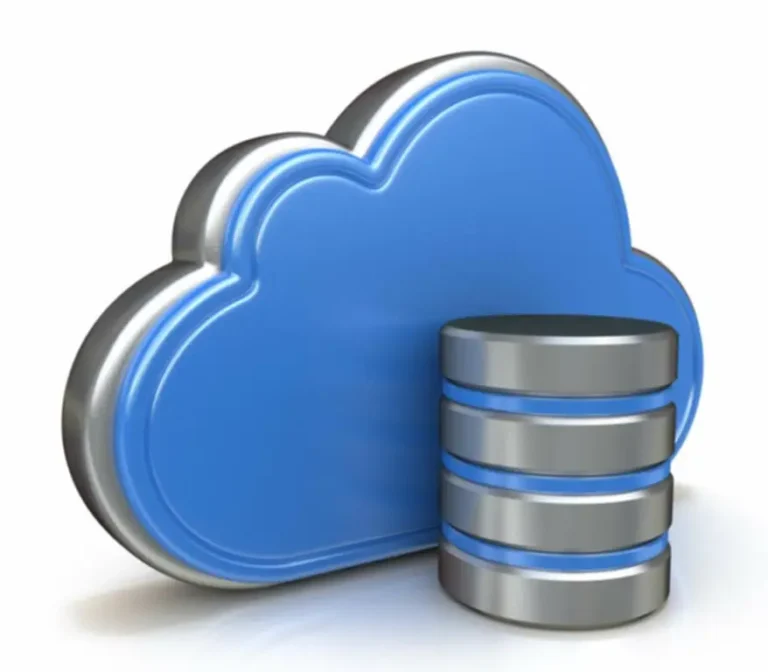Milestone specialists take the time to listen, understand your needs, and provide the proper mix of instruments, know-how, and assets that will help you meet your targets. Right Here are six compelling use instances that demonstrate how hybrid cloud adoption delivers vital business benefits. Beneath we’ll cover the hybrid cloud fundamentals and outline the key benefits of making the change to a hybrid mannequin.

One of the first the reason why hybrid cloud is gaining a robust foothold is its unparalleled flexibility. Companies can impeccably scale their property up or down to satisfy their altering requirements. When there’s a surge in traffic, the hybrid cloud can leverage the public cloud belongings to manage the load, assuring that your providers and purposes are accessible and responsive. On the opposite, during idle periods, you can opt to scale down to cut costs. The scalability feature tremendously helps businesses to adapt to the altering market conditions.
Enhanced Flexibility And Control
Hybrid clouds permit businesses to simply join their current on-premises purposes with cloud providers. This connection helps companies exchange data smoothly and enhances performance. With this integration, teams can work higher collectively as a outcome of they have entry to all the mandatory tools in a single place. This simple link improves operations and makes it simpler for various departments to collaborate, serving to everyone work efficiently. Cloud security is important in a hybrid cloud as having multiple environments will increase the assault floor. That apart, making the general public cloud accessible to the non-public cloud assets raises menace levels.
At the next stage, public and non-public clouds are no longer physical ‘areas’ to connect. For instance, many cloud distributors now supply public cloud companies that run of their customer’s on-premises data centers. Private clouds, once run completely on-premises, are actually typically hosted in off-premises data centers on virtual non-public networks (VPNs) or virtual personal clouds (VPCs). Non-public clouds are additionally hosted on dedicated infrastructure rented from third-party providers.
A hybrid cloud surroundings presents clear advantages for growing and testing applications as there isn’t a must buy and arrange on-premises bodily hardware. DevOps groups regularly use public cloud platforms and different services, corresponding to cloud storage, to host improvement tasks. Compared to launching a testing setting in a private cloud, a dev/test method in a public cloud offers cost-savings, flexibility and faster time to market. Once a staff has developed an utility within the public cloud, they may resolve to migrate it to a private cloud environment, based on enterprise wants or safety elements. By linking their own infrastructure and providers with these of different distributors, they permit cloud clients to regulate a number of platforms in a unified method. This just isn’t difficult to implement in follow, because both non-public and public clouds are based on the identical virtualization know-how.
In the world of the Internet of Issues (IoT), the hybrid cloud can provide a useful resolution for data processing. IoT gadgets generate an enormous amount of knowledge, which can be difficult to course of and analyze successfully. By using a hybrid cloud method, organizations can course of data on-premises or in the cloud based on its sensitivity, the required processing power, and other elements. A traditional hybrid cloud connects a private cloud to a public cloud, sometimes hcc cloud computing involving giant, complex middleware iterations. You would possibly build the non-public cloud your self or leverage prepackaged infrastructure. You could individually choose a public cloud surroundings to hyperlink to your private cloud.
Apart From using multiple clouds, a typical enterprise organization additionally depends on quite a few vendor-related SaaS functions, storage capabilities and other providers and products. Managing multi-vendor companies and controlling prices requires visibility across a single integrated platform so IT leaders can observe useful resource allocations and manage cloud-related prices. Business continuity is the flexibility to continue operations without interruption, even within the event of failure, maintenance, or other adjustments. For instance, in case your private cloud infrastructure is undergoing an improve, you presumably can transfer your workloads to public cloud environments to keep up enterprise continuity.
Assist Meet Regulatory Compliance
- The design of legacy functions sometimes expects to run on-premises, with all network dependencies and connections built-in.
- Visibility should lengthen past individual cloud providers, and governance has to follow workloads wherever they run.
- Catastrophe recovery (DR) is a critical element of hybrid cloud methods, guaranteeing enterprise continuity in case of system failures, cyberattacks, or natural disasters.
- AWS acknowledges a serious opportunity within the industrial edge, the place most tools wasn’t initially constructed for data era or network connectivity.
Hybrid cloud computing offers a versatile answer that combines on-premises infrastructure with public cloud services. This technique https://www.globalcloudteam.com/ allows organisations to take pleasure in the benefits of hybrid cloud computing, making it simpler to fulfill completely different business requirements. By utilizing the strengths of both environments, companies can enhance their operations, improve effectivity, and scale resources as wanted.

In Accordance to latest estimates, today’s organizations are working up to no much less than 10 clouds, which make seamless integration, data synchronization and sturdy security throughout multiple environments an ongoing challenge. When it comes to connecting SaaS and on-premises functions, integration service providers provide quite a lot of connectors and integration platforms to allow for data sharing. Hybrid often implies a shared administration duty between the public cloud provider and in-house IT workers. Distributed cloud, for example, is a model that distributes public cloud providers throughout a number of geographic locations. This allows enterprises to reap the benefits of the distributed nature of public cloud infrastructure whereas nonetheless managing operations, governance, and updates centrally.
Edge computing is a distributed computing framework that locations computer workloads as close as possible to information sources (e.g., IoT devices). Edge computing has many business functions, ranging from predictive maintenance on a factory ground to in-hospital patient monitoring. Cloudian’s answer provides automated data verification and encryption and permits you to use customized metadata tags for search and analytics. It lets you easily manage saved knowledge based on bucket-level insurance policies, together with backup scheduling and lifecycle, as well as automate erasure coding and replication.

Data Privacy And Security Compliance
A cloud burst is a configuration between a personal cloud and public cloud that uses load balancing to redirect visitors overflow. When a private cloud has reached 100% capacity, exterior workloads that would in any other case overwhelm an organization’s private saas integration servers “burst” to exterior third-party cloud providers. Hybrid cloud computing provides flexibility and scalability, however it additionally comes with challenges that businesses have to handle. While there are lots of benefits of hybrid cloud computing, like higher resource management and price financial savings, managing each on-premises and cloud systems may be difficult. Corporations should plan carefully, have skilled workers, and ensure strong community connections to maintain every thing working easily across totally different environments. Hybrid clouds enhance security by letting organisations maintain sensitive knowledge on non-public servers whereas using the general public cloud for much less necessary information.